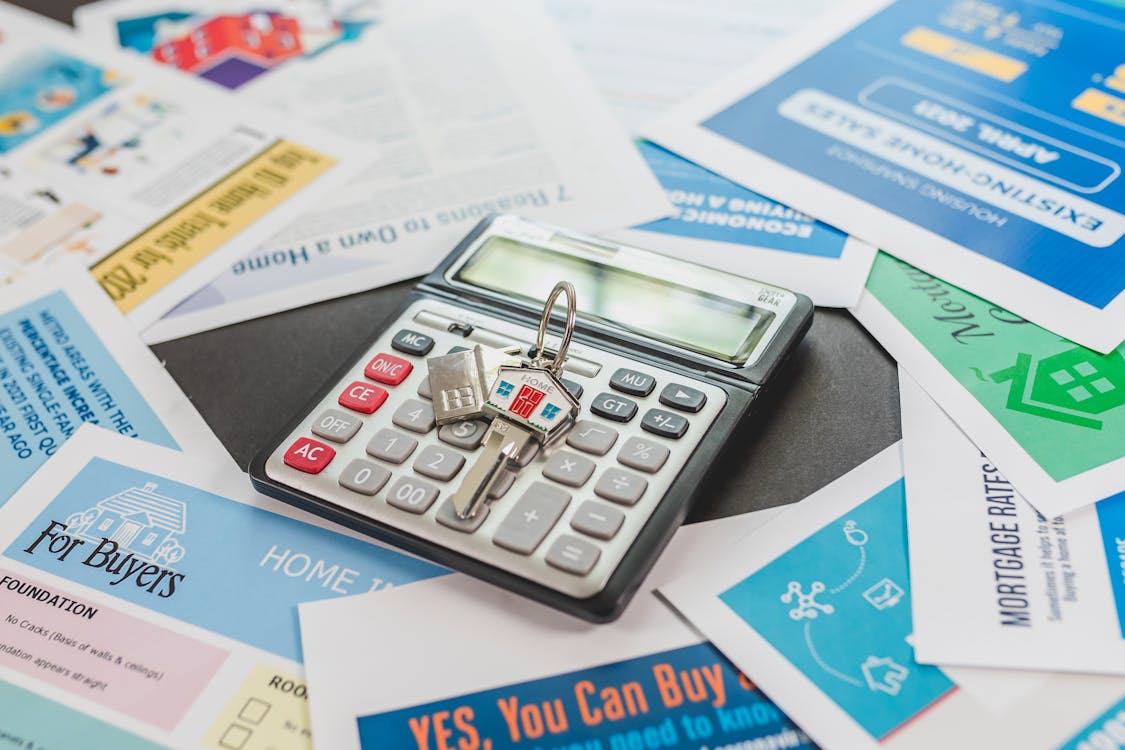Why Insurance Fraud Is a Growing Concern and How to Prevent It
Today’s global economy has offered a number of factors that may pose a threat to insurance fraud in the future. The inflationary trend is borne by increasing food and fuel prices which are affecting both the consumers and producers. On the other hand, the cost-of-living crisis is worsening, and numerous developed countries’ governments are questioning the sustainability of the support measures and subsidies during pandemic and crisis situations, such as the war in Ukraine.
During difficult situations, some people may feel compelled to engage in fraudulent activities. In this article, we discuss these insurance fraud types, and how to avoid them:
What is Insurance Fraud?
Insurance fraud may be defined as an act of cheating that occurs in the insurance industry or involving an insurance carrier or an insurance agent as well as the user of the insurance policy. It includes telling falsehoods, gross exaggerations, concealment of material facts or omitting facts that lead to the improper acquisition of money and other resources. Insurance fraud can be classified into two categories: hard fraud and soft fraud.
2 Main Types of Insurance Fraud

Hard Fraud
Hard fraud is a premeditated act of a loss, a motor vehicle accident or fire, or an injury intended for the purpose of making a claim. It includes crime rings or those who orchestrate accidents, fake injuries or otherwise concoct conditions which appear to be faked. Criminals may also engage in complex operations including the stealing of many automobiles at a time or even planning fake identities for treatments.
Soft Fraud
Soft fraud involves policyholders making up genuine claims such as overexaggerating the losses of their property or providing false information when filling insurance forms, for example, reporting fewer traffic violations or a higher income than is the case. Though not as severe, soft fraud is much more prevalent and has just as much of a negative impact on the insurance business.
Insurance fraud can also be classified based on the type of insurance involved, such as:
- Health Insurance Fraud: These are where the providers or the patients give claims that are fake in that they are billed for services that they never received or which were not needed.
- Life Insurance Fraud: Misrepresentation is made on the policy application or a policyholder pretends to be dead or disabled to get a payout.
- Automobile Insurance Fraud: Faking an accident, lying about having an accident or theft, inflating the actual degree of an injury or lying on an application form.
- Property Insurance Fraud: Fire or fire related, intentional loss, gross-up for value of stolen property, or loss from an excluded cause is considered to be covered.
Most Common Insurance Fraud Schemes and Tactics
Insurance scams include different schemes and strategies used by fraudsters to defraud insurers, insurance brokers and policyholders. Common schemes include:
- Staged Accidents: They use various methods which include the swoop and squat, that is, pulling in front of other car owners with the intent of forcing them to hit their car from behind or inducing a collision by suddenly applying the brake for no valid reason.
- Ghost Brokers: Fraudsters represent themselves as insurance agents selling fake or unauthorised insurance products at cheap prices and then disappearing when their clients need them.
- Paper Accidents: Simulating an accident, an injury or damage that never occurred and making a claim for compensation for it.
- Provider Fraud: When medical providers send charges for services never provided, or when charges are inflated, capitalizing on the confusion and the vast number of bills in the healthcare field.
- Overstated Claims: Policyholders make up a legitimate claim by overemphasizing actual damages or losses or by adding other unrelated damages to the claim.
It is for this reason that insurance fraud fighting involves the effort of the government, the police, the insurance industries, and the clients in the identification and reporting of fraud. In this paper, insurance fraud and the public’s attitude towards it is discussed as key assets in combating this common issue.
Strategies for Fraud Detection
Businesses and especially insurance companies lose billions of dollars annually due to fraud. Hence, it becomes quite clear that there is a need for organizations to put in place good measures for detecting fraud.
Warning Signs to Watch Out For
It remains easy to identify fraud if one considers the following tips that would alert one of the ongoing fraud: Below are some common indicators of potential fraud in insurance:
- Policies with the same or similar contact information or address
- Claim frequency within a short time period, and the number of times a particular type of claim is made.
- A claim can be submitted shortly after the policy is purchased and started.
- Third-party billing services or submitting incomplete claim forms.
- Uncommon policy features, including high levels of excess or inflated or ambiguous policy provisions
- These flags can help insurance companies’ staff identify possible fraud attempts or frequent fraudulent actions.
Ensuring employees understand what specific signs indicative of insurance fraud are, and how they should report them, can act as an initial barrier against fraud. By ensuring that teaching staff are well aware of the possibility of fraud and the ways in which it can be perpetrated, businesses can greatly minimize the possibility of being taken in by a fraudulent claim.
Will the Nature of Insurance Scams Change?
When the consumers are pushed into a tighter economic corner, will insurance fraud evolve?
We expect more of an opportunistic fraud in the future. This is both, on one side where fraudsters are interested in targeting customers who are likely struggling financially but also with even more instances of policyholders being fraudulent throughout the entire policy purchasing process and also throughout the claims process as they may be incentivized to make up a real accident.
As for other frauds, it will mean being aware of ‘classics’ of scammers, as well as trying to understand what new tricks they are likely to use.
They may get increased cases of claims farming, where claimants are prompted by other people to seek compensation as their business; or they also get staged and induced claims incidents because there is still a lot of money to be made from personal injuries.
However, there is also the added danger that consumers simply become aware of these sensationalized numbers concerning attempted insurance fraud and simply roll their eyes and consider it hype. Most people have negative attitudes toward insurers. The worst case scenario is they hear about it and the insurers are out to find ways to avoid paying a claim; they rarely hear that more than 98% of claims are paid.




